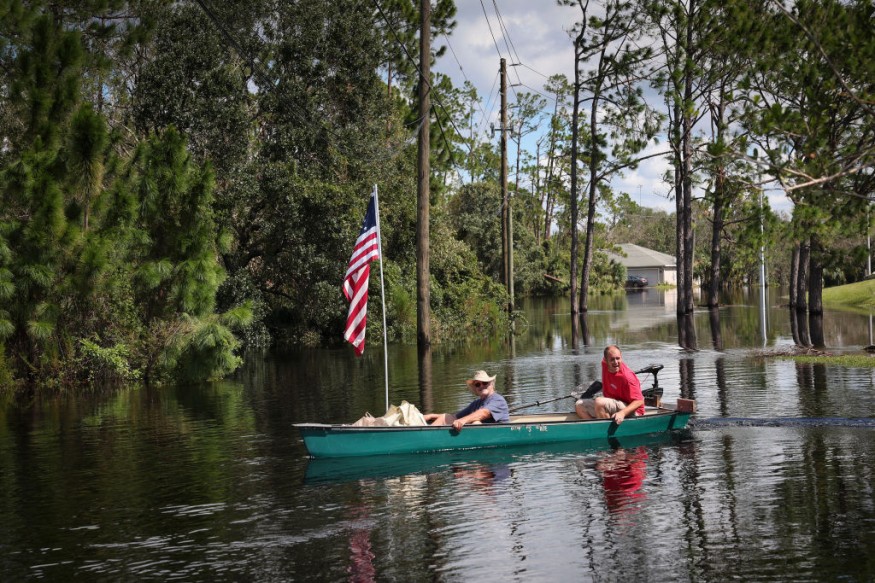US hospitals along the Gulf Coast and Atlantic Coast are threatened by flood risk from hurricanes and sea level, according to a new study which came out amid the devastation of Hurricane Ian in Florida and its adjacent states last week.
The study claims that hospitals in the said US areas are at risk from floodwaters more than ever, as part of a major threat on US healthcare system and its facilities.
US Hospitals Flood Risk

The new findings were published in the journal GeoHealth on September 29, where US researchers outlined the following key points when it comes to the relation between hospital facilities and natural hazards like hurricanes and rising sea level:
- A total of 25 out of 78 metropolitan statistical areas (MSAs) along the US Atlantic Coast and US Gulf Coast at least 50% of their hospital at risk of floodwaters from relatively weak hurricanes. This means that even hurricanes weaker than deadly storms like Hurricane Ian and Hurricane Katrina makes these medical facilities vulnerable to being inundated by floodwaters.
- The expected sea level rise of 0.82 meter within the 21st century due to climate change will increase the odds of hospital flooding by 22%. Even the absence of storm systems that brings heavy rain and flooding, hospitals near the US Atlantic and Gulf coasts will still have to deal with above-average levels from the Atlantic Ocean and Gulf of Mexico.
- In 18 MSAs, at least 50% of the roads within 1.6 kilometers of hospital were at risk of flooding from a category 2 hurricane or cyclone. This finding suggests that roads that has access to nearby hospitals are relatively impassable even when a weak storm strikes.
Also Read: Tropical Depression Hanna: Flood, Power Outages in South Texas, Deaths and Missing People in Mexico
Hurricanes and Sea Level Rise
The recently-published paper centers around the premise that hurricanes have caused major disruption to the US healthcare system. It also claims that there is no systematic assessment of hurricane risk conducted when it comes to the country's hospital-based healthcare delivery.
Based on the study's findings, its research team have found nearly 700 vulnerable hospitals in urban areas along the Gulf and Atlantic coasts, wherein Miami ranks first among the MSAs whose hospital are threatened. Cities in the Northeast US are also high on the list, as summarized by Inside Climate News.
The team consists of Harvard researchers who predicted that the disturbing reality could become more common in the coming decades, with the greatest threat can affect communities Florida and Texas. Yet, overall, the impact could range from Texas to Maine.
Climate Change and Global Warming
Various research has attributed climate change and global warming to worsening hurricanes and rising sea levels in recent years. For hurricanes, the frequency and intensity of storms could further increase due to the warming of the sea or ocean, which serves as fuel for the weather systems to form and persist.
Since 1880, the global average sea level has increased by 8 to 9 inches (21 to 24 centimeters), according to Climate.gov of the National Oceanic and Atmospheric Administration (NOAA).
The US agency also mentioned many locations along the US coastline have experience local sea level rise greater than the global average due to human activities, including groundwater pumping.
© 2025 NatureWorldNews.com All rights reserved. Do not reproduce without permission.





